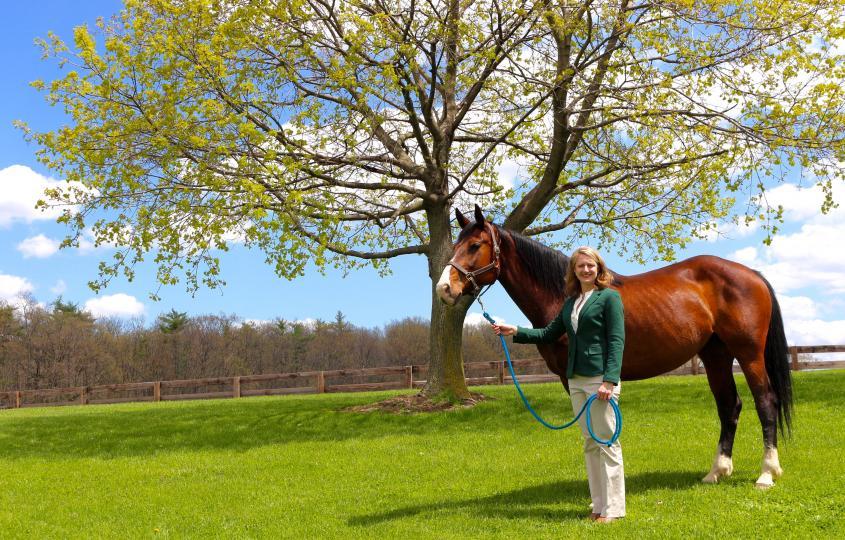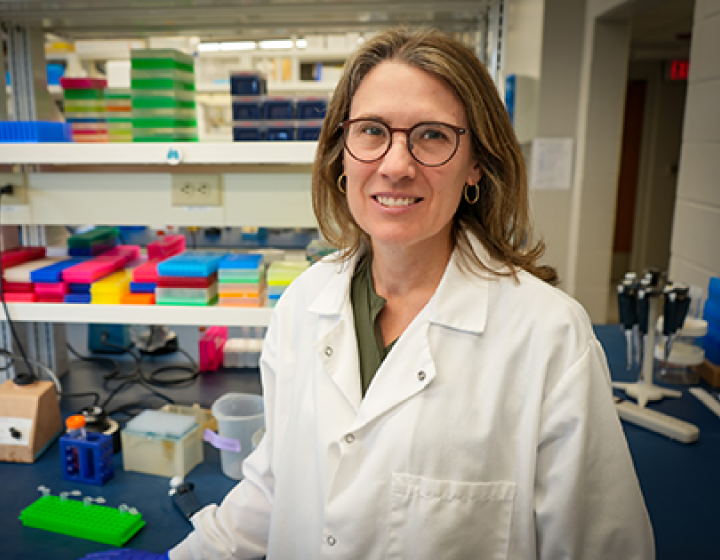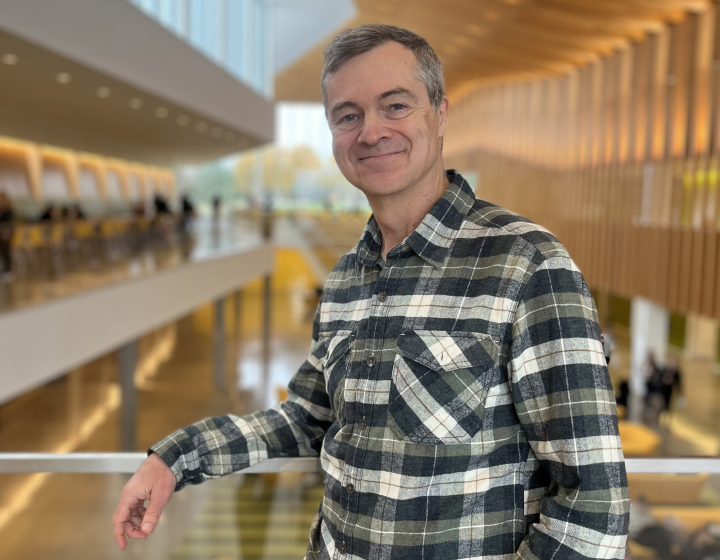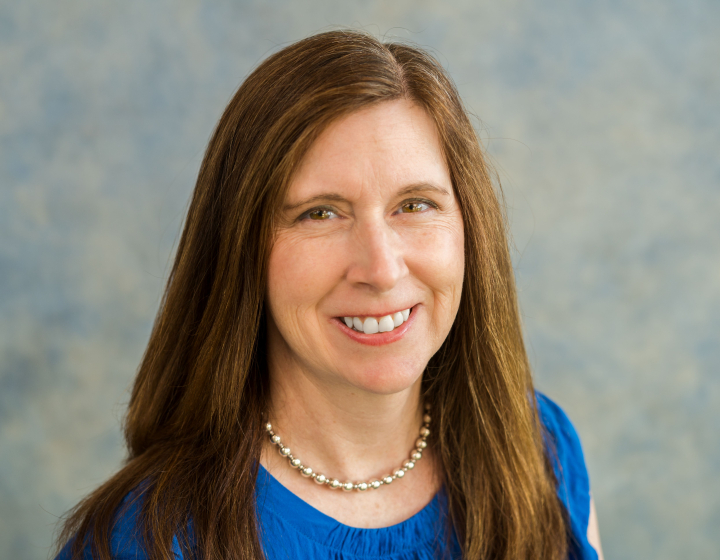Reesink to be next Harry M. Zweig Assistant Professor in Equine Health
Heidi Reesink, Ph.D. '16, has been named the Harry M. Zweig Assistant Professor in Equine Health in honor of her ambitious research program to detect horses at risk for catastrophic injuries and to develop new treatments for arthritis.
The professorship is a three-year, endowed position for a junior faculty member who shows great promise for advancing equine research. It can be instrumental in helping junior faculty to secure funding and high-level publications necessary for long-term success. Reesink has received grants previously from the Zweig Memorial Fund to support individual research projects. She has also received support from the Grayson-Jockey Club Research Foundation, the Cornell Center for Advanced Technology, the Cornell Center for Materials Research and the National Institutes of Health through a Mentored Clinical Scientist Development Award, a highly competitive grant to advance the careers of promising researchers.
“Dr. Reesink is recognized as a rising start among junior faculty and an important contributor to our college community,” says Robert Weiss, Associate Dean for Research and Graduate Education. “One of the main concerns of the Harry M. Zweig Memorial Fund is catastrophic racehorse injury. Solving this problem is a critical need in the racing industry and she’s doing some exciting work in that area.”
Catastrophic musculoskeletal injuries – mainly broken legs – are the main cause of death for racehorses. “We would like to understand how these fractures occur and to develop better methods to screen for racehorses at risk of fracture,” says Reesink.
She is working with Scott Palmer, the equine medical director for the New York State Gaming Commission, in addition to epidemiologists and pathologists to examine horses that died after sustaining fractures to their proximal sesamoid bones (PSBs) – two knobby, triangular bones at the back of the fetlock joint. Often, racehorses with this injury have no telltale signs of lameness during pre-race examinations or X-rays. Reesink is comparing the PSBs from the uninjured leg of those horses to PSBs from horses that died of other causes, using advanced CT scans. She hopes to develop better screening procedures to identify horses susceptible to fractures.
Reesink is also looking into new treatments and early detection methods for arthritis. “Joint disease and osteoarthritis are the leading cause of lameness in horses, but there are limited options for treating arthritis in horses and in humans,” says Reesink. “A long term goal is to develop better therapies, that will both provide longer and better pain relief and that, ideally, will prevent or delay the development of arthritis.”
After an injury, many – but not all – horses develop arthritis, so Reesink is examining the synovial fluid that bathes the joints to identify biomarkers that would indicate which horses are at risk and might benefit from preventive therapies. She is also investigating lubricin, a sugar-coated protein in the synovial fluid that provides lubrication, to see if an injection of lubricin can treat lameness. Additionally, along with pharmaceutical industry colleagues, Reesink is testing whether horses benefit from human arthritis medicines that are not available on the veterinary market.
Reesink is passionate about “one medicine,” the concept that human and veterinary biomedical research can each inform the other. She believes that while providing treatment for animals, she can also offer insights to advance human health, and hopes her work will translate into clinical applications that benefit both horses and people.
As a former athlete herself, Reesink has fractured bones and injured joints while playing volleyball, competing in tae kwon do events, snowboarding and running, and so she understands the challenges and potential for developing better treatments for sports injuries. “I saw equine orthopedic surgery as a way to combine my love of the horse as well as my desire to advance the science of sports medicine.”
-By Patricia Waldron






